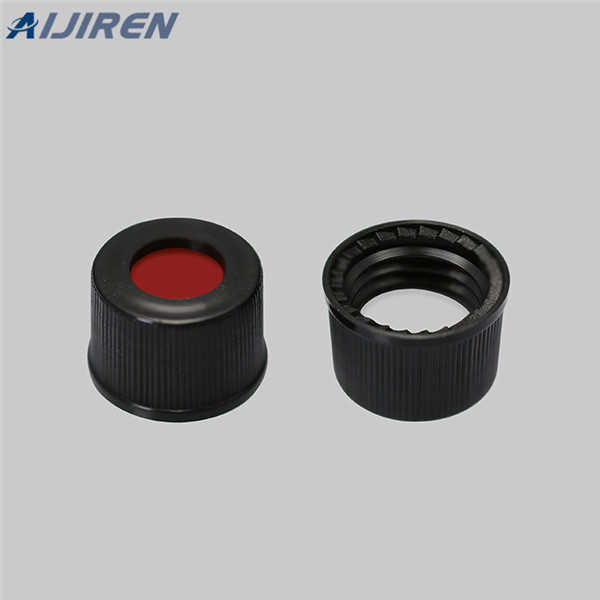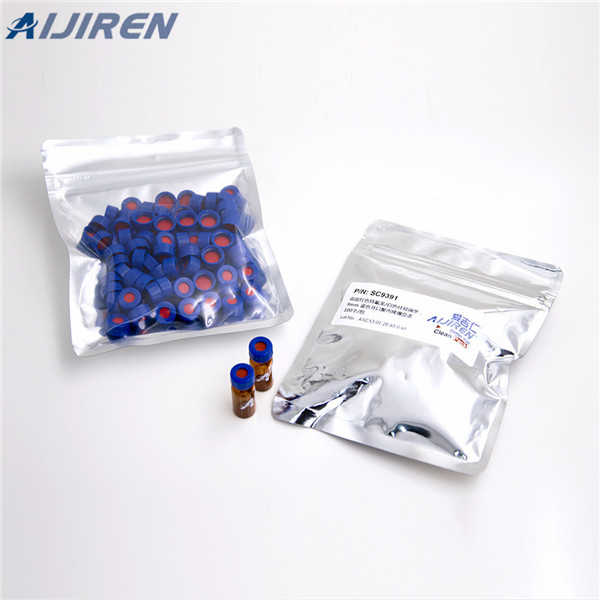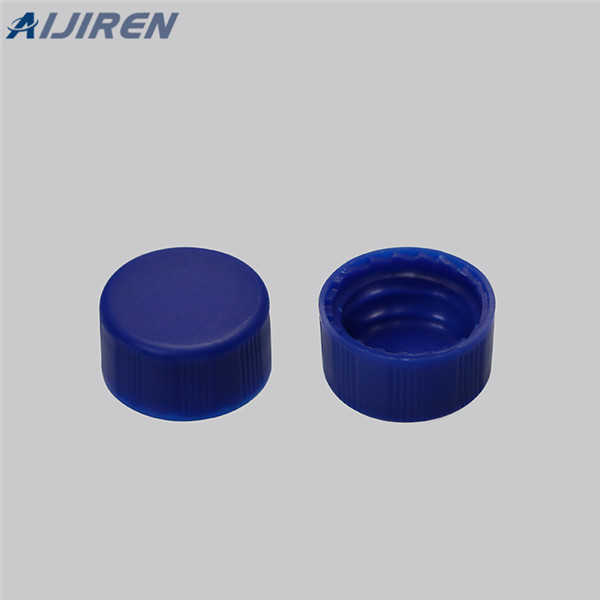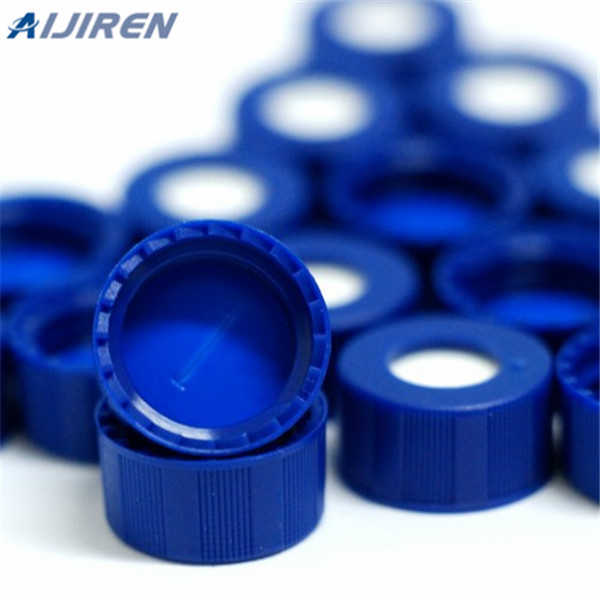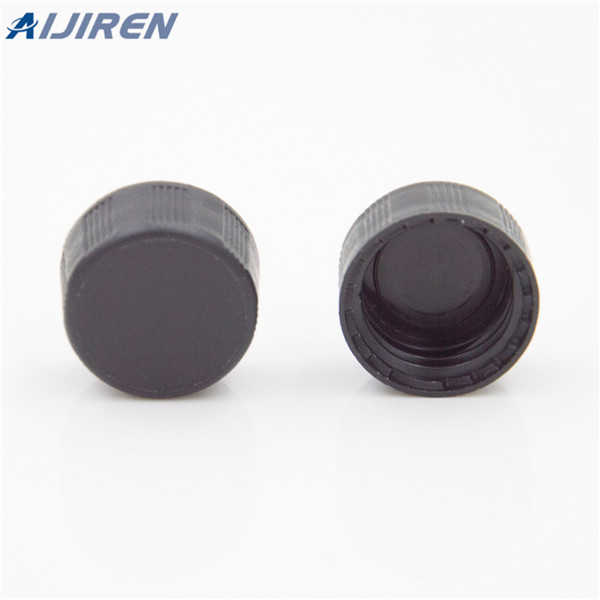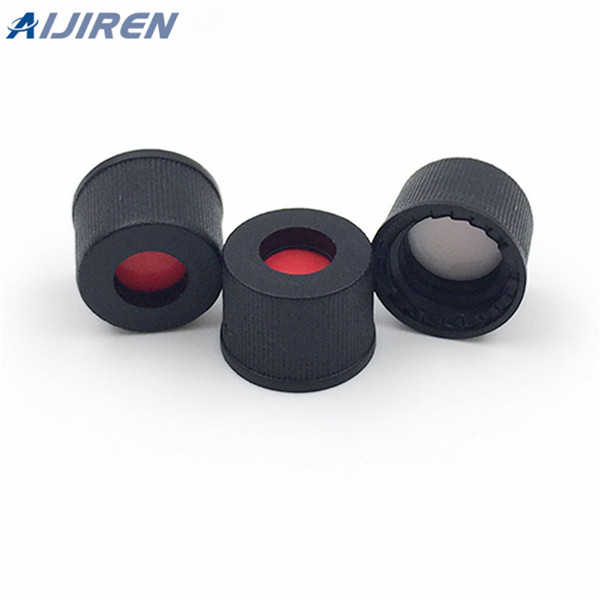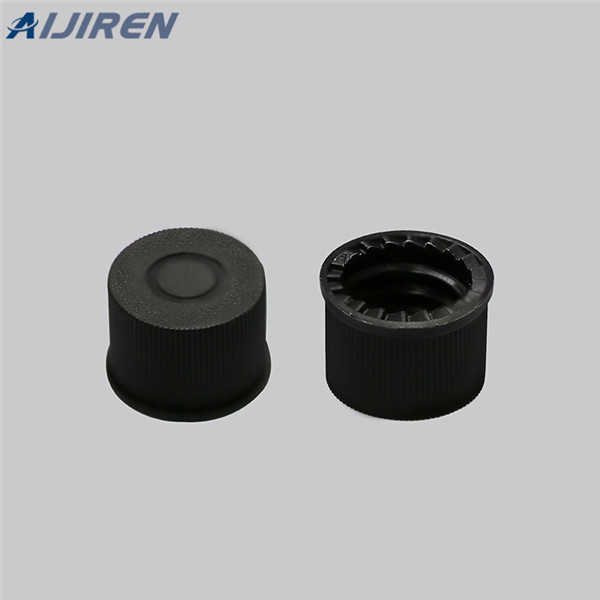Preventing septa contamination in HPLC
-
injection methods. PTFE septa are rarely used for GC applications. Polyethylene (PE) Septa and Integral Molded Closures Chemically resistant polyethylene septa are usually molded into single-piece caps. The surface for needle penetration is 0.01" thick, allowing for use with most HPLC autosamplers. Polyethylene septa are not resealable and are
-
Sep 20, 2017 · Septa ‘core’ or split through prolonged use, if the incorrect syringe point style is used or if the septum nut, which holds it in place, is over tightened, is badly fitting or if the septum is the incorrect size. Figure 2: Coring of septa following repeated injections . Figure 3: Needle tip styles such as type 5 cause less coring than type 3
-
Best Practices This document outlines best practices for controlling contamination in UPLC/MS and HPLC/ MS systems (both clinical and non‐clinical). A good contamination control plan includes measures for preventing, troubleshooting, and cleaning contamination.
-
Jun 9, 2022 · They are one of the most common types of “ghost peaks” in gas chromatography (GC) and can come from a variety of sources such as inlet septa, columns, valves, solvents, and vial cap seals. While both column bleed and other sources of contamination contain siloxanes, the composition is different. Examining the mass spectrum and structure
-
Oxygen contamination is degrading the column phase. Install or check oxygen traps. Check system for oxygen leaks. Contamination during isothermal parts of a run. The column is separating the contaminants (commonly siloxanes or hydrocarbons) as peaks. Changing samples, wash solvents, liner, gold seal, and sometimes the syringe may
-
Oct 19, 2015 · The first OOS occurred when a chemist used the caps with non-cut septa on the Shimadzu HPLC. All vials had the first injections with significantly lower areas than the following injections. Prior to this OOS, we allocated the caps with non-cut septa for the Dionex HPLC, and the caps with pre-cut septa for the Shimadzu HPLC.
-
Some solvents that are commonly used for HPLC, UHPLC and GC experiments can impact the septa integrity. Temperature If you need to place a capped sample vial in a high temperature environment, then you will need to consider septa materials that are able to withstand high temperatures.
-
Polyethylene (PE) Septa: Polyethylene septa are offered as single piece caps where the septum is molded as a part of the cap. The surface for needle penetration is 0.01” thick allowing for use with thin gauge needles. Polyethylene septa are not resealable and intended for single injection use. Polypropylene (PP) Septa:
-
Dec 3, 2015 · Contamination of a sample by other samples is referred to as cross – contamination. It can result from damaged or cracked containers, close proximity of other samples and untidiness on work benches or weighing balance tables. Is also goes without saying that clean spatulas or liquid sampling tools be used when weighing or making dilutions.
-
1 Preventing Contamination To minimize contamination in LC/MS, follow good laboratory practices: Select, prepare, and handle solvents correctly. Prepare and handle samples correctly. Use clean fittings and tubing. Wear gloves. Use clean columns. Check laboratory air. Select, Prepare, and Handle Solvents Correctly
-
A specially moulded seal with a PTFE insert. Sealing surface of Butyl and PTFE affects a more positive seal than non-PTFE-faced septa. Ideal choice for temperatures below 125°C. Good sealing characteristics, excellent resistance to most solvents with reduced coring and high puncture tolerance.
-
Jul 25, 2015 · Abstract. "Carry-over" is a term used to describe a type of sample contamination which causes sample peaks to re-appear in later runs which do not actually contain the sample (e.g. blank runs
-
Chemically resistant polyethylene septa are molded into single-piece caps. The surface for needle penetration is 0.01" thick, allowing for use with most HPLC autosamplers. Polyethylene septa are not resealable and are intended for single injection use with aqueous based sample mixtures. Polypropylene (PP) septa and integral molded closures
-
Jul 23, 2020 · By definition, According to the definition, Septa is a circular gasket made of Silicone or silica gel. In HPLC analysis, Septa is usually placed in the Cap of the HPLC Vial to seal the HPLC Vial to ensure that there is no gap between the Cap and the Vial.Aijiren's Septa uses a double-sided material, and the combination of PTFE and Silicone
-
Jan 27, 2021 · With any future ghost peak troubleshooting you do, keep this in mind about septa contamination, if it is a peak it is likely being introduced at injection and going through chromatography on the column. If it is a constant background contamination of certain masses, such as showing up even in a tune, it is septa material in the system.
you can contact us in the following ways.

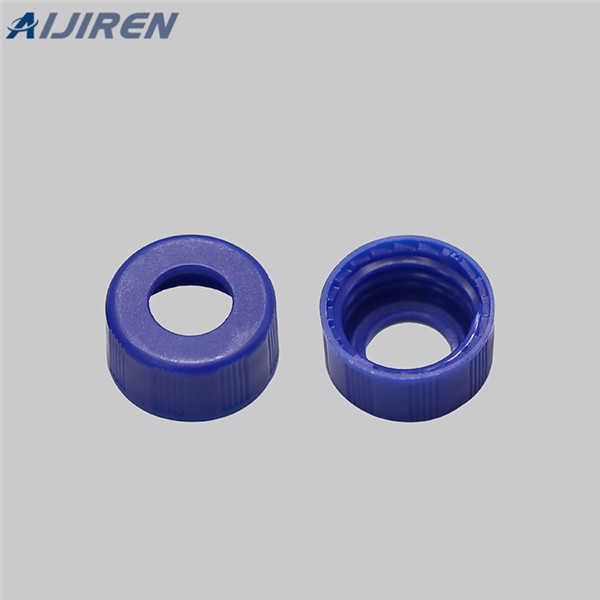
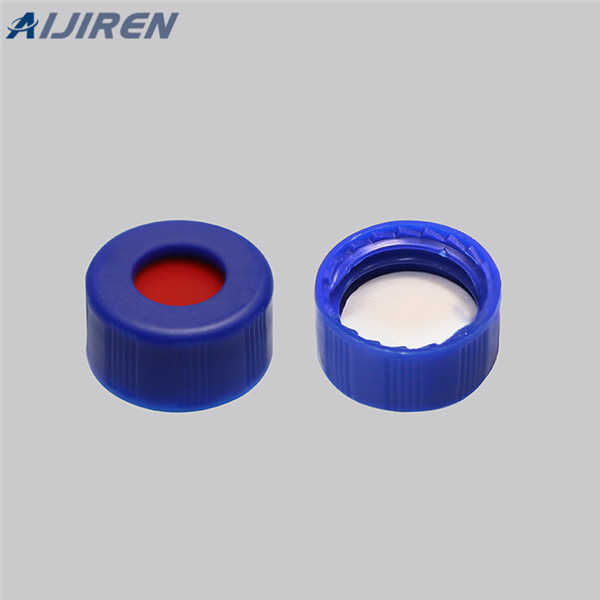
.jpg)



